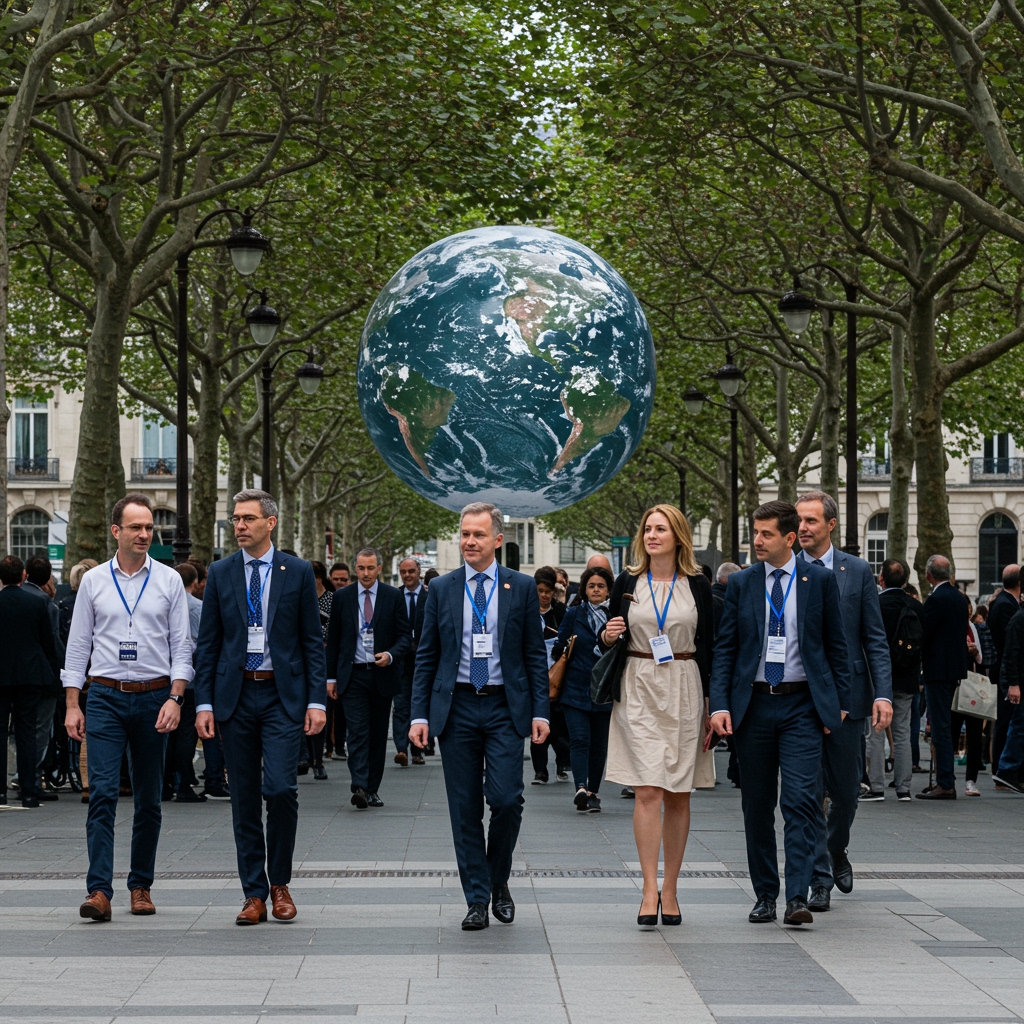WASHINGTON D.C. – The White House announced on Thursday, June 19, that President Donald Trump is poised to make a crucial decision within the next two weeks regarding potential United States involvement in the escalating conflict between Israel and Iran. The announcement underscores the gravity of the current regional instability and the administration’s active consideration of its strategic posture.
White House Press Secretary Karoline Leavitt delivered the update, providing insight into the President’s timeline and reasoning. According to Leavitt, President Trump conveyed a direct timeframe tied to potential diplomatic overtures with Tehran.
President Trump’s Stance and Timeline
Press Secretary Leavitt quoted President Trump explicitly, stating, “Based on the fact that there’s a substantial chance of negotiations that may or may not take place with Iran in the near future, I will make my decision whether or not to go within the next two weeks.” This statement indicates that the prospect of diplomatic engagement with Iran over critical issues, potentially including its nuclear program, is a significant factor influencing the timing of a decision on potential U.S. action related to the conflict.
Context of Rising Hostilities
The backdrop for this impending decision is a period of heightened tension marked by recent exchanges of strikes between Israel and Iran. These tit-for-tat actions have fueled fears of a wider regional conflagration, drawing international attention and concern. The conflict, rooted in decades of animosity and proxy confrontations, appears to have entered a more direct phase, raising the stakes for all involved parties.
While the original summary points to these “recent exchanges of strikes,” the precise nature and targets of these actions are complex, often involving missile and drone attacks, cyber operations, and activities conducted through regional proxies. The pattern suggests a dangerous cycle of retaliation that the international community is eager to see de-escalate.
U.S. Objectives and Diplomatic Windows
The Trump administration’s stated objective concerning Iran remains centered on halting its uranium enrichment activities. This goal is intrinsically linked to international efforts to prevent Iran from developing nuclear weapons capabilities. Achieving this objective has been a cornerstone of U.S. policy, pursued through various means including sanctions and diplomatic pressure.
Crucially, the White House maintains that it remains open to diplomatic possibilities with Iran. This openness, even amidst escalating tensions and the prospect of considering military action, highlights a dual-track approach – preparedness for potential intervention while leaving the door ajar for negotiations that could address core security concerns, such as the nuclear program and regional behavior.
International Response and Warnings
The potential for U.S. military action in the Middle East invariably elicits strong reactions from other global powers. On Thursday, June 19, the same day as the White House announcement, Russia reportedly warned the United States against taking military action in the conflict. Moscow’s caution underscores the delicate geopolitical balance in the region and the potential for broader international implications should the conflict widen. Russia maintains complex relationships with both Iran and various other actors in the Middle East, positioning it as a significant voice in regional stability discussions.
Such warnings from major powers reflect concerns about unintended consequences, regional destabilization, and potential impacts on global energy markets and security. The international community is closely watching Washington’s deliberations.
Weighing the Options
The President’s decision, expected within two weeks, will likely involve determining the extent and nature of any potential U.S. involvement. This could range from increased logistical or intelligence support for allies to more direct forms of intervention, depending on the strategic assessment of the situation and the perceived threat to U.S. interests and regional stability.
The reference to a “substantial chance of negotiations” with Iran suggests that the administration is weighing the possibility that active diplomacy could either mitigate the need for military action or provide a framework for addressing the underlying causes of tension. The success or failure of these potential negotiations within the specified two-week window could heavily influence the path President Trump chooses.
The Path Forward
The coming fortnight is set to be a critical period for Middle East diplomacy and security. The outcome of President Trump’s decision carries significant weight, not only for the dynamics between Israel and Iran but also for the broader regional landscape and the future of U.S. foreign policy in the Middle East.
As the deadline approaches, observers will be keenly watching for any signs of progress in potential negotiations with Iran and any further shifts in the rhetoric or actions of the involved parties. The decision President Trump ultimately makes will shape the trajectory of one of the world’s most volatile conflicts.





